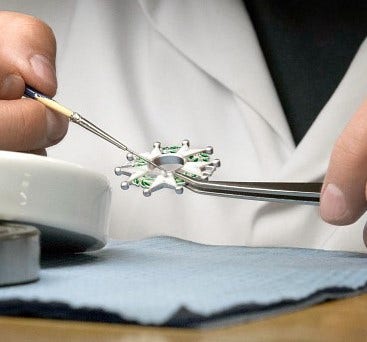- Paperback, opening from above
- Embossed cardboard cover with hot gold markings
- 80 pages, including 48 pages of illustrations
The 11 Conti – Monnaie de Paris, as a creator of coins, naturally takes interest in ‘treasure troves’ which have fulfilled the role of containing money and sometimes various other objects throughout the ages. Features of everyday life and indicators of social status, purses, coin purses invite discussion surrounding societal life over the centuries, and more specifically the 19th century, as well as providing an illustration of ‘Parisian chic’.
Surprisingly, never in France has an entire exhibition been dedicated to purses. The aesthetic quality of these objects necessitates an approach which looks beyond their practicality. Henri Joannis-Deberne’s collection has never before been exhibited. Covering the period 1830 to 1930, it will be shown for the first time alongside purses on loan from French museums and from leather goods and jewellery houses. These objects date from the 20th century, a period when the purse, much like the handbag, became a fashion accessory of major contemporary brands.
The over 200 different pieces which will be exhibited are made of various materials (tortoise shell, wood, ivory, mother-of-pearl, fabric, metal, shells, leather, etc.) and come from many different parts of the world (FRANCE, Austria, England, Italy, Russia, etc.)
Many associated jobs and trades - fine cabinet makers, goldsmiths, jewellers - have gone through training to create this type of object. Finally, coins from the Monnaie de Paris collection will be presented alongside these purses.








